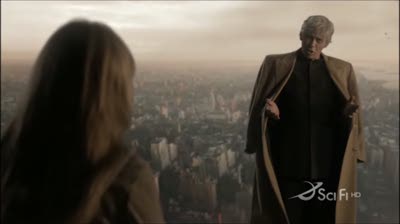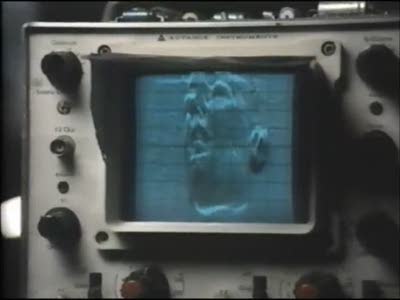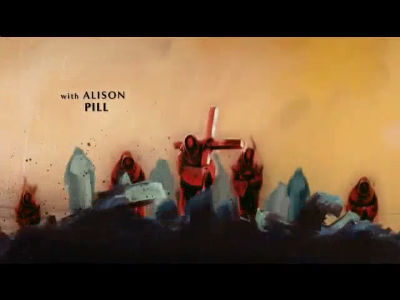Skins (2007-)
There’s no such thing as a real, honest portrayal of teenagers on television. It’s just a setting, a trope, like “crew on a starship flying about in space”, and all that matters is whether it has soul. This does. In fact, it may be the only show that does at the moment. Score another one in the “British show so good the Americans will make a horrible copy of it” category.
Recommended: Yes
Watched: Three seasons and counting
Camelot (2011)
Oh yes we need even more of these good-looking modern-sounding assholes parading around in the ancient past, trying to make it “fresh”.
Recommended: No.
Watched: One episode.
The Cape (2011)
You had me at vigilante teams up with circus freaks and being unashamedly cheesy. You lost me with the horrible horrible horrible writing. Possible there is a connection here, but there oughtn’t to be.
Recommended: No.
Watched: 5 episodes
How Television Ruined Your Life (2011)
Charlie Brooker doesn’t just hate television, (for many good reasons), he also believes that love is futile, and takes half an episode just to explain in tedious detail how even the most promising relationships must eventually break apart. Not the finest example of what life without television does to you, this.
Recommended: Not really, but his rants are entertaining. I miss Adam Curtis, though. He would have done this right.
Watched: All of it, so far.


